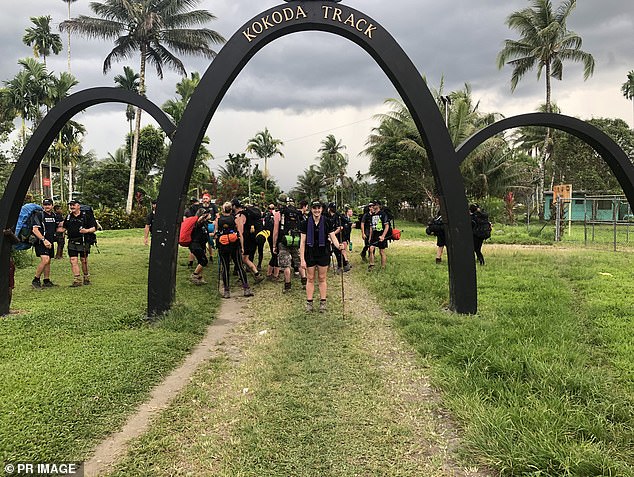Anthony Albanese’s historic act to mark Anzac Day at one of the nation’s most sacred military sites
Anthony Albanese commemorates Anzac Day by walking part of the Kokoda Track alongside his Papua New Guinea counterpart James Marape.
As Australia pushes for closer diplomatic ties with the Pacific country, the two prime ministers will walk for a few days before attending a Dawn Service in Isurava on April 25 to commemorate the 600 Australians who died during the Kokoda Campaign in World War II.
Announcing his visit on Friday, Mr Albanese said it would pay tribute to the sacrifice of hundreds of Australians who fought along the railway line to defend themselves against a Japanese invasion more than 80 years ago.
Anthony Albanese commemorates Anzac Day by walking part of the Kokoda Track with James Marape, Prime Minister of Papua New Guinea
“This year I will be in Isurava on Anzac Day on the Kokoda Track, taking the opportunity to pay my respects to the remarkable efforts to protect our nation in one of its darkest hours,” he said in a speech on Friday .
“We will come together in the peace given to us by generations of Australians who have taken up arms in our name.
“We will come together to remember all who have served and all who are serving now. We will remember everyone who died, everyone who survived and came home.”
Mr Albanese becomes the first sitting Prime Minister to walk the famous route, and follows his historic speech to the PNG Parliament last January – the first Australian Prime Minister to do so.
Marape addressed the Australian parliament in Canberra in February.
Kevin Rudd took to the circuit in 2006 as opposition leader, as did Scott Morrison in 2009 as a backbench MP.

Mr Albanese becomes the first sitting Prime Minister to walk the famous route
The famous trail stretches 96km (60km in a straight line) from the Kokoda Plateau to Owers Corner, where Australian troops were stationed in July 1942 to stop the Japanese advance on the capital Port Moresby.
In addition to the 600 people who died, thousands more Australians were seriously injured or sickened.
